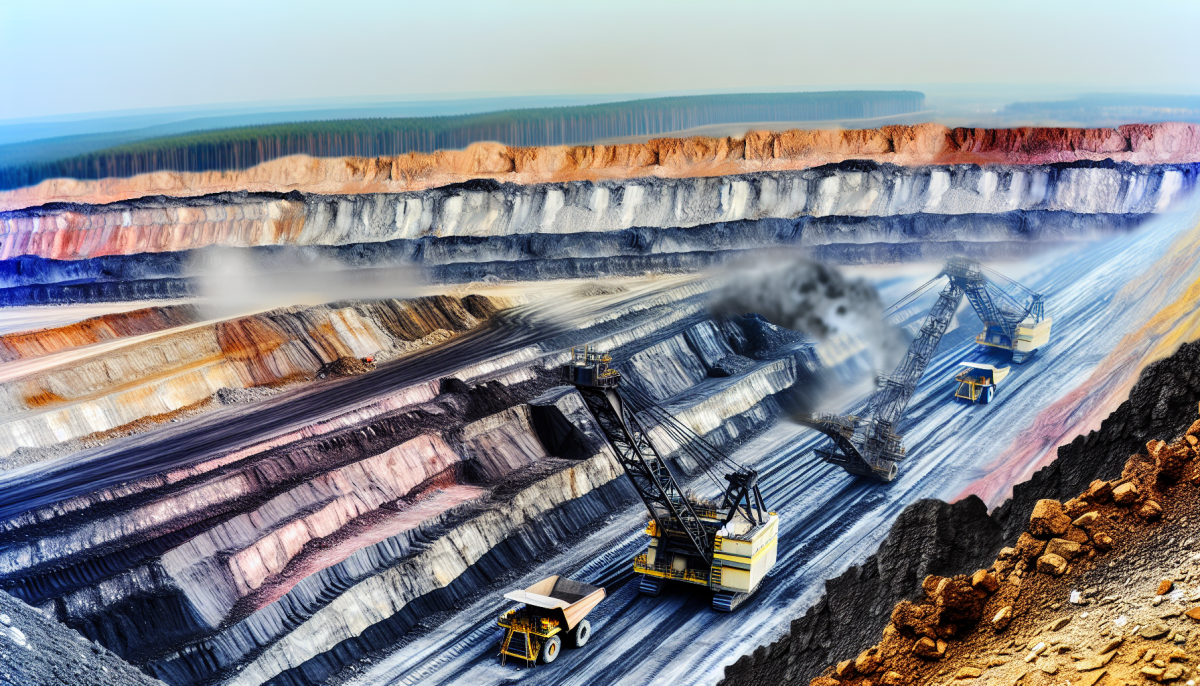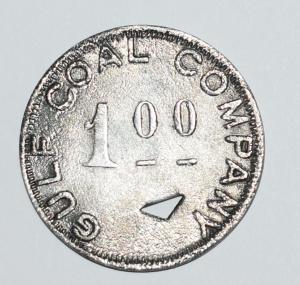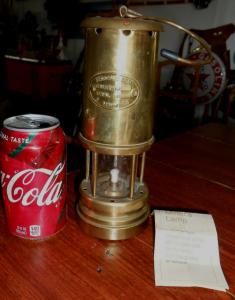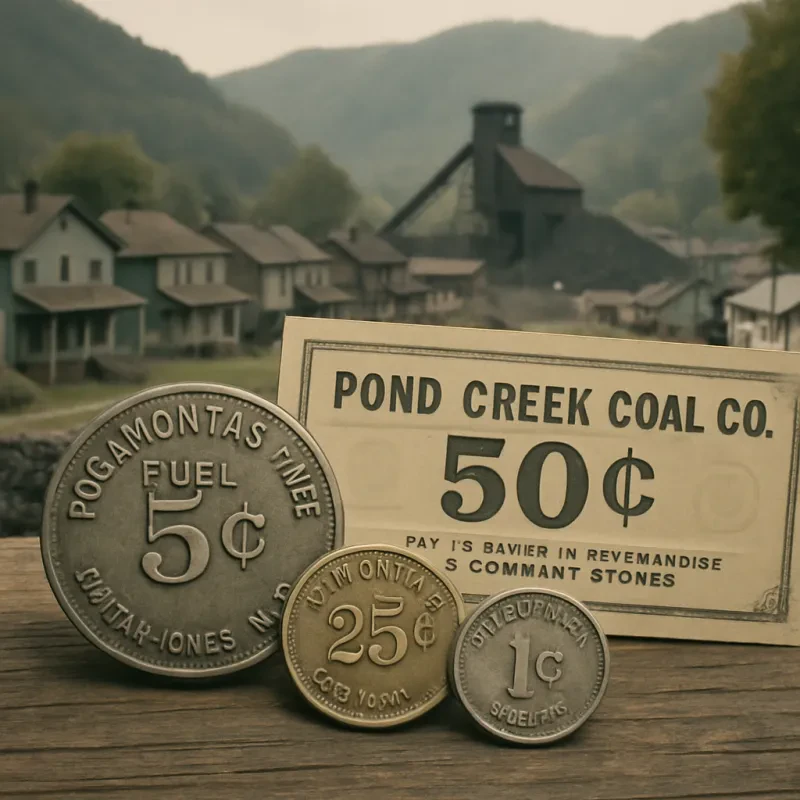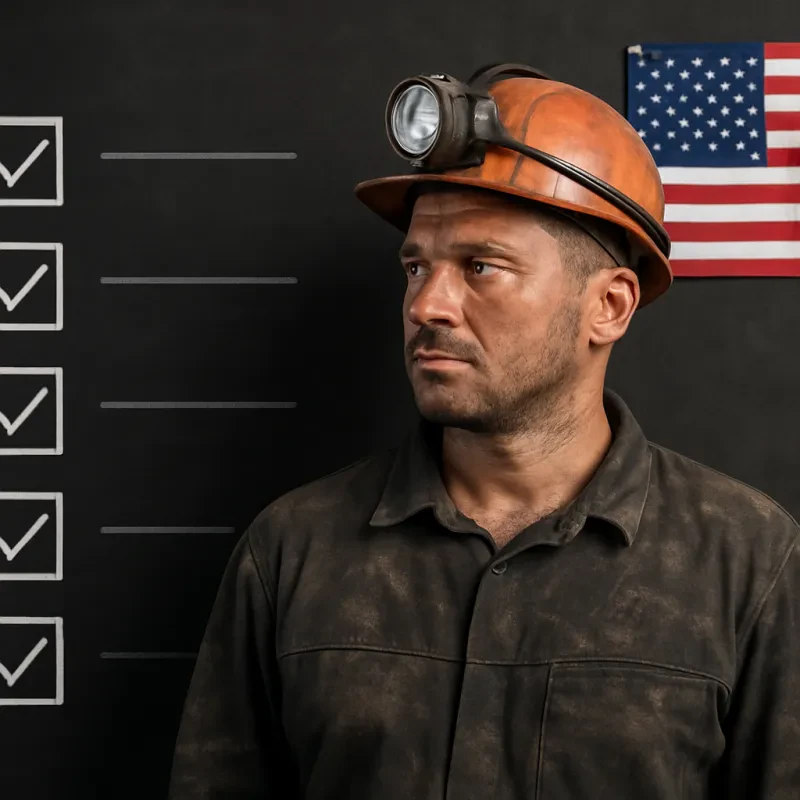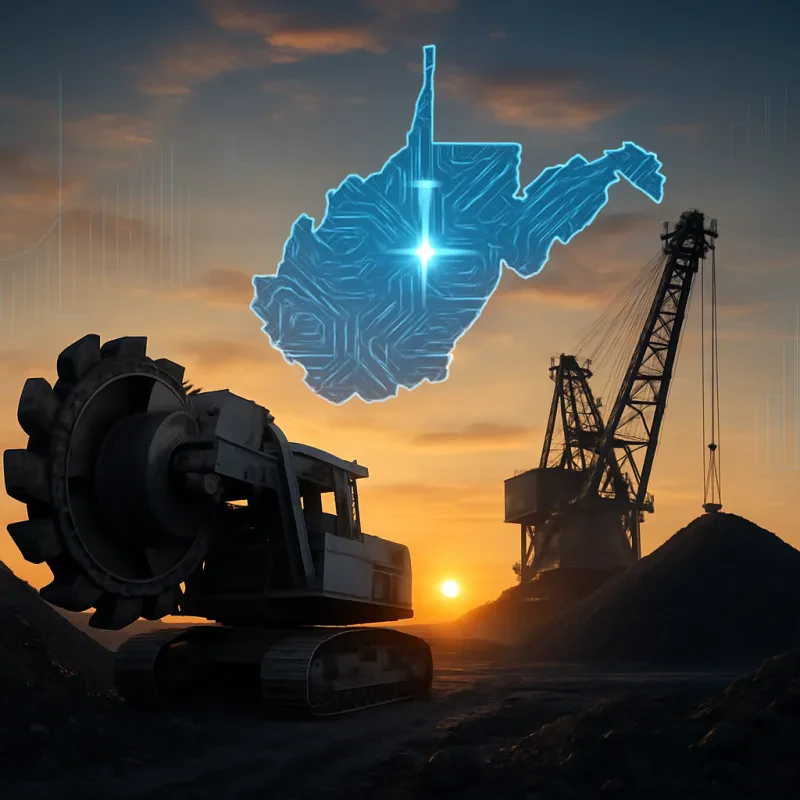Strip coal mining is a method used to extract coal from the ground by removing the layers of soil and rock that sit above the coal seams. This technique is particularly common in areas where coal is found relatively close to the surface, making it a more efficient option than traditional underground mining. If you’ve ever driven through areas with large, wide-open pits, you’ve likely seen strip coal mining in action.
The process begins with clearing the land of vegetation, followed by stripping away the top layers of earth. Once those layers are removed, heavy machinery is used to dig out the coal. The rocks and soil removed during this process, known as overburden, are typically stored nearby, but can also be used to fill previously mined areas. It’s all about getting to that shiny black coal as quickly and efficiently as possible.
One of the biggest advantages of strip coal mining is its cost-effectiveness. Because it involves less labor and equipment compared to underground mining, companies can produce coal at a lower price. Additionally, safety risks are generally lower for miners working in open pits than for those in underground tunnels.
However, strip coal mining does come with its own set of challenges. The process can lead to significant environmental impacts, including habitat destruction, soil erosion, and water pollution. Communities often feel the impact, with changes to the landscape and local ecosystems affecting both wildlife and human inhabitants. Balancing the demand for coal with environmental concerns is an ongoing conversation in areas where strip coal mining is prevalent.
How Strip Mining Works
Strip coal mining is a method that involves removing layers of soil and rock to expose coal seams near the surface. This technique is often used when coal deposits are located close to the Earth’s surface, making it more efficient than traditional underground mining. The process starts with clearing the area of vegetation and topsoil, making way for heavy equipment to move in.
Once the top layer is stripped away, large machines called draglines are used to dig into the earth and extract the coal. These machines can reach impressive depths and can move massive amounts of earth in a single scoop. After the coal is removed, the leftover materials are often dumped into nearby pits or used to fill in the areas that have already been mined. This is a crucial step in the strip coal mining process, helping to minimize the impact on the surrounding landscape.
The whole operation relies on a careful balance of efficiency and environmental considerations. While strip coal mining allows for a quicker recovery of coal, it can also lead to significant land disturbance. As you might imagine, this method can change the landscape dramatically and affect local ecosystems. Companies are legally required to restore the land after they finish mining, but the effectiveness of these restoration efforts can vary widely.
Strip coal mining is particularly prevalent in areas where coal is abundant and easily accessible. It has its pros and cons, but understanding how this mining technique works is key to grasping its impact on both the economy and the environment. Knowing the steps involved can help you appreciate the complexity of resource extraction and its implications for sustainability.
Environmental Effects of Strip Mining
Strip coal mining is a method that digs coal out of flat land by removing the topsoil and rock layers. While this technique can be effective for accessing coal resources, it has some serious environmental effects that we need to be aware of. The process can lead to significant landscape alteration, which impacts local ecosystems and wildlife habitats.
One major concern with strip coal mining is soil erosion. When the topsoil is removed, it leaves the ground vulnerable to erosion from wind and rain. This erosion can lead to sediment runoff into nearby water bodies, which can harm aquatic life and affect water quality. As the soil loses its nutrients, it becomes less viable for supporting vegetation, which can further disrupt local habitats.
Moreover, the chemicals and pollutants often used in strip coal mining can leach into the surrounding soil and water. This contamination can affect drinking water sources and pose health risks to both humans and wildlife. It’s essential to consider these risks when evaluating the overall impact of strip coal mining practices.
Strip coal mining also changes the natural drainage patterns of the land. By removing layers of earth, water naturally flows differently, which can lead to flooding in some areas while leaving others dry. These alterations can disrupt the growth of plants and the movement of animals, making it harder for them to thrive in their environments.
Benefits and Challenges of Strip Mining
Strip coal mining has both its pros and cons, and understanding these can help when considering its impact on the environment and local communities. One of the main benefits is the efficiency of resource extraction. This method allows miners to access large quantities of coal quickly, which can lead to lower operational costs and higher output. For areas rich in coal seams near the surface, strip coal mining can be the most feasible option, making it easier to extract valuable resources.
Additionally, strip coal mining has a smaller workforce compared to underground mining. This can mean lower labor costs and less risk for workers, as they are not in confined underground spaces. The machinery used in strip mining is also designed for high productivity, which helps to meet the demand for coal in energy production and other industries.
However, it's important to address the challenges strip coal mining brings. The most significant concern is its impact on the environment. Large areas are often cleared of vegetation, which affects local ecosystems. Soil erosion and habitat destruction can occur, leading to long-term ecological changes. Water runoff from these sites can also pollute nearby water sources, harming wildlife and affecting communities that rely on these water supplies.
Socially, strip coal mining can lead to the displacement of communities and changes in local economies. While mining jobs can initially boost employment, the long-term sustainability of these jobs can be an issue once resources are depleted. Communities may find themselves facing economic challenges when the mines eventually close.
